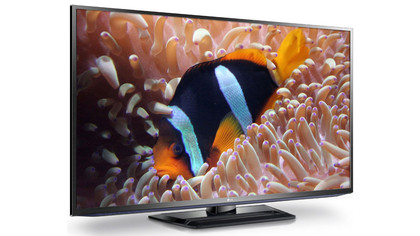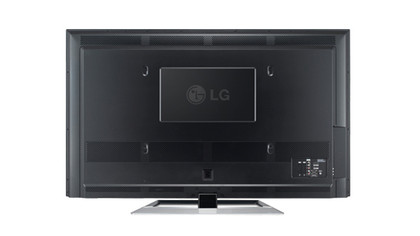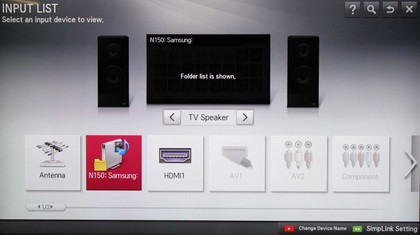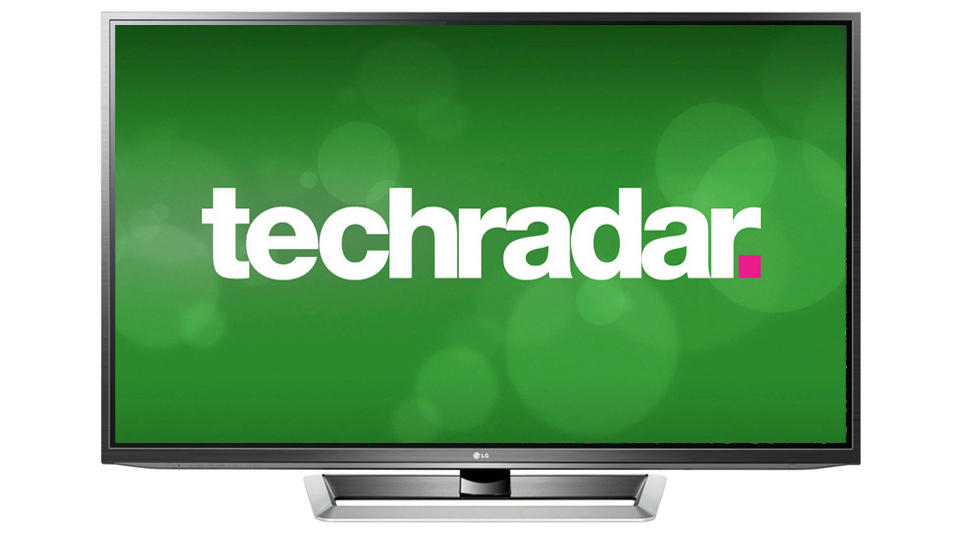Why you can trust TechRadar
Having completely abandoned active shutter 3D tech in favour of its passive Cinema 3D across its entire range of Edge LED-backlit LCD TVs, the use of the former on the LG 50PM670T is intriguing.
Not for technical reasons - polarised 3D tech doesn't work well on plasma screens - but instead because it suggests that LG thinks 3D is important in whatever guise (though 3D specs are an optional add-on).
We're not so sure about that, especially since the LG 50PM670T is more suited to a living room than a home cinema blackout setting where power-hungry, expensive and reflection-collecting 3D specs tend to be more tolerable.

On that front, the LG 50PM670T's integrated Freeview HD tuner is crucial. Backed up by an eight-day electronic programme guide (EPG) that covers two hours of TV schedules over eight channels, its performance is scarred by a lack of a live TV thumbnail. Engaging the EPG also completely cuts out sound; a serious no-no.
Multiple connections give the LG 50PM670T valuable versatility. Housed on the TV's left-hand side in a cutaway are two HDMI inputs, two USB slots (one of which can take a USB HDD to make recordings from the Freeview HD tuner), and a Common Interface card slot.

Just around the corner is a panel that's home to a further two HDMI slots, a set of component video and phono inputs, a Scart, VGA PC input, wired Ethernet LAN slot, an RS-232C port (a relatively rare option that enables the LG 50PM670T to be integrated into a home cinema control system) and an optical audio output. Missing are a composite video connection (though that's arguably now outdated) and a headphones slot.
In terms of screen technology, the LG 50PM670T is a relatively basic plasma, although it does have a Full HD resolution - many plasma TVs of this price manage only HD-ready - and a handy Resolution Upscaler.

All LG TVs using the active shutter 3D method require the brand's AG-S350 3D Bluetooth glasses, which weigh around 28g and take a couple of hours to fuel up (via one of the two USB slots) for around 40 hours of use.
The list price for these 3D glasses is a reasonable £39.99 (around $65), but we spotted them selling online for a more palatable £33.45 (around $54). Both Samsung and Panasonic manage nearer £15 (around $24) for their Bluetooth-based 3D specs. Happily, in our test a pair of Samsung Bluetooth 3D glasses worked with the LG 50PM670T.
Jamie is a freelance tech, travel and space journalist based in the UK. He’s been writing regularly for Techradar since it was launched in 2008 and also writes regularly for Forbes, The Telegraph, the South China Morning Post, Sky & Telescope and the Sky At Night magazine as well as other Future titles T3, Digital Camera World, All About Space and Space.com. He also edits two of his own websites, TravGear.com and WhenIsTheNextEclipse.com that reflect his obsession with travel gear and solar eclipse travel. He is the author of A Stargazing Program For Beginners (Springer, 2015),

